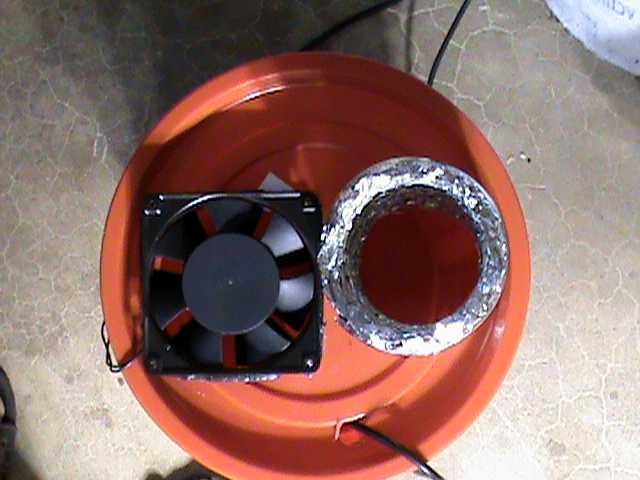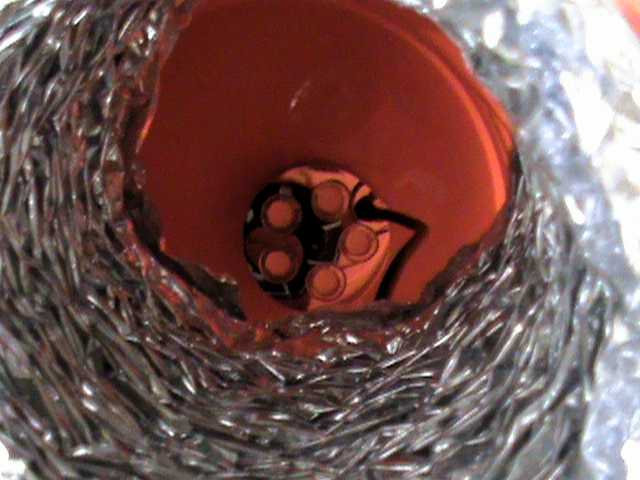bill of material:
1 ea ultrasonic pond fogger
1 ea 5 gal bucket with lid
1 ea pc fan
4" ducting


fill the bucket rez with foliar nutrients/amendments of your choice. happy fog foliar feeding!

1 ea ultrasonic pond fogger
1 ea 5 gal bucket with lid
1 ea pc fan
4" ducting
fill the bucket rez with foliar nutrients/amendments of your choice. happy fog foliar feeding!




